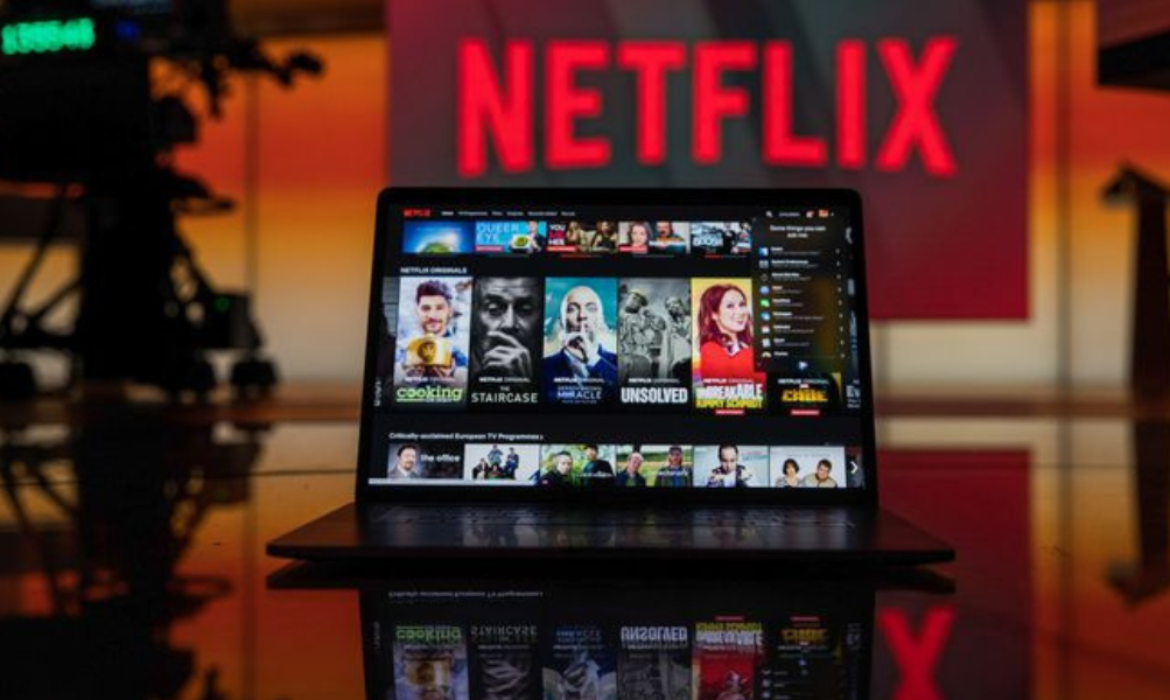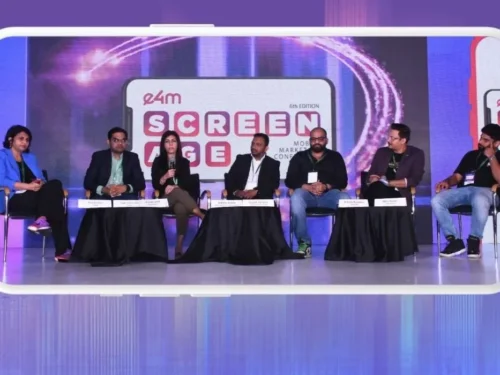AVOD strategy For Netflix Ahead: Should Advertisers Rejoice?
Netflix plans to add ads. Yes, you read it right and it is the moment advertisers have been waiting for.
Netflix has been resisting advertising on its streaming service for years, but now it says it is “open” to charging lower rates for ads. Reed Hastings, co-chief executive of Netflix, says the company is introducing ad-supported plans to give customers more options. The company recently reported a loss of 200,000 subscribers in the first quarter.
“Those who have followed Netflix know that I’ve been against the complexity of advertising and a big fan of the simplicity of subscription. But as much I’m a fan of that, I’m a bigger fan of consumer choice.”
The news that Netflix is considering ad-supported options is the antithesis of its very essence- not to embrace ads. With Netflix’s position as the world’s largest subscription service and its vast user data, the service will soon become one of the highest-valued advertising platforms. And this makes many wonder that is Netflix AVOD for real? Find out below.
Interesting Read: Here, There, Everywhere, It Is Cross-Screen Advertising!
AVOD, an evolving marketplace
Millions of Netflix users were delighted with Netflix’s ad-free experience. The platform gained subscribers, increased its content budget, attracted more users, and so on and so forth. The competition, however, has diverted customers and increased Netflix’s costs. In order to grow, the streaming giant has to explore other sources of income except for subscriptions. A new AVOD service can significantly contribute to Netflix’s growth.
Streaming fans are seeing their TV bills climb as they pay for separate platforms to watch hit shows, such as Disney+, Amazon, Hulu, and Netflix. Several streaming services offer different tiers of subscriptions. Viewers can choose to have their shows interrupted with ads for a small fee. Even before Netflix’s dismal subscriber news, the new survey data from Accenture shows that consumers “don’t mind” adverts.
- 63% of consumers think it’s too expensive to pay for all the entertainment subscriptions they want
- 73% of consumers said that they would not pay more to remove ads from their shows
- 88% of consumers plan “no change” or a “decrease” in their entertainment spending next year
For instance, Warner Bros. Discovery’s HBO Max offers a premium ad-free tier at $14.99 per month and a $9.99 tier with ads. Advertisers have viewed this opening as a turning point both for Netflix and the overall stance of the industry. Consumers are put in charge. Since they are paying less voluntarily, they accept the ads too. Netflix’s offering would be a plan layer like Hulu, meaning that if subscribers still want the ad-free option, they’d be able to have that along with a lower price plan for ad-tolerant consumers.
Consumers, marketers, ad tech, and Netflix stand to gain as the deal increases its bottom line by billions.
Interesting Read: All You Need To Know About Connected TV Advertising!
Is joining hands with adtech the right way?
Netflix is the last major game-changer in the market for ad-supported video on demand (AVOD). The streaming giant is yet to clarify how an ad-supported tier would operate; however, it would join competitors like Peacock, Hulu, HBO Max, and the recently announced Disney+.
Disney and NBCUniversal both hold ad tech events during their annual upfront sales season, continuing to demonstrate a convergence of video publishers and digital platforms. Even if Netflix is going to cave to AVOD’s forces, it should consider the CTV ad viewership experience and ensure it maintains high-quality content. Connected TV ad buying faces a host of challenges around privacy, fraud, and measurement.
In his Netflix earnings last week, CEO Reed Hastings hinted that the company might opt to outsource platform ad tech work to tech providers in the market. He said,
“In terms of the profit potential, definitely, the online ad market has advanced and now you don’t have to incorporate all the information about people that you used to. So we can be a great publisher and have other people do all the fancy ad-matching and integrate all the data about people … so we can stay out of that.”
In order to enter the AVOD marketplace, Netflix could face a major challenge in moving from a subscription model to an ad-supported model. Their focus was on creating awesome content and getting subscribers, which is completely different from selling ads in such a way that they add value to the consumers’ experiences.
Mike Shields explained in this blog that no matter who runs the ads, Netflix must create watchable ads – viewers won’t shrug off terrible ads as “just SSP’s fault.” To get AVOD right, Netflix needs to take ownership of its ad business and build out operations from the ground up, then hire outside help as Amazon does. Its ad business reached $31 billion after it integrated its programmatic advertising internally.
Interesting Read: Bridging The Gap: Is YouTube Unifying Linear And CTV Ad Buying?
And the road ahead
As AVOD gains traction in the CTV space, it could be perceived as not only a low-cost alternative for the less affluent but also a fiscally responsible option.
The data of Netflix’s longtime customers are attractive to brands and very valuable. In fact, some retailers, such as Lowe’s, The Gap, and even Walmart, have launched ad services to boost revenue. This data is the ad value, along with the brand’s ability to connect with customers.
Interesting Read: Bridging The Gap: Is YouTube Unifying Linear And CTV Ad Buying?
Author Profile

- Neha Mehta
- Neha started her journey as a financial professional but soon realized her passion for writing and is now living her dreams as a content writer. Her goal is to enlighten the audience on various topics through her writing and in-depth research. She is geeky and friendly. When not busy writing, she is spending time with her little one or travelling.
Latest Posts
 Interview and Guest PostJuly 19, 2024Navigating Ad Tech: Equativ’s Jacqueline Chua’s Strategic Insights
Interview and Guest PostJuly 19, 2024Navigating Ad Tech: Equativ’s Jacqueline Chua’s Strategic Insights Interview and Guest PostJune 21, 2024CTV Exploration: Chandrahas Shetty, Demand Facilitation Lead, India, On Growth And Privacy
Interview and Guest PostJune 21, 2024CTV Exploration: Chandrahas Shetty, Demand Facilitation Lead, India, On Growth And Privacy Interview and Guest PostJune 14, 2024Advertising Evolution: Rasha El-Ghoussaini on Snap Inc.
Interview and Guest PostJune 14, 2024Advertising Evolution: Rasha El-Ghoussaini on Snap Inc. Interview and Guest PostJune 5, 2024Navigating Digital Waves: Shrenik Gandhi’s Journey with WRM
Interview and Guest PostJune 5, 2024Navigating Digital Waves: Shrenik Gandhi’s Journey with WRM










